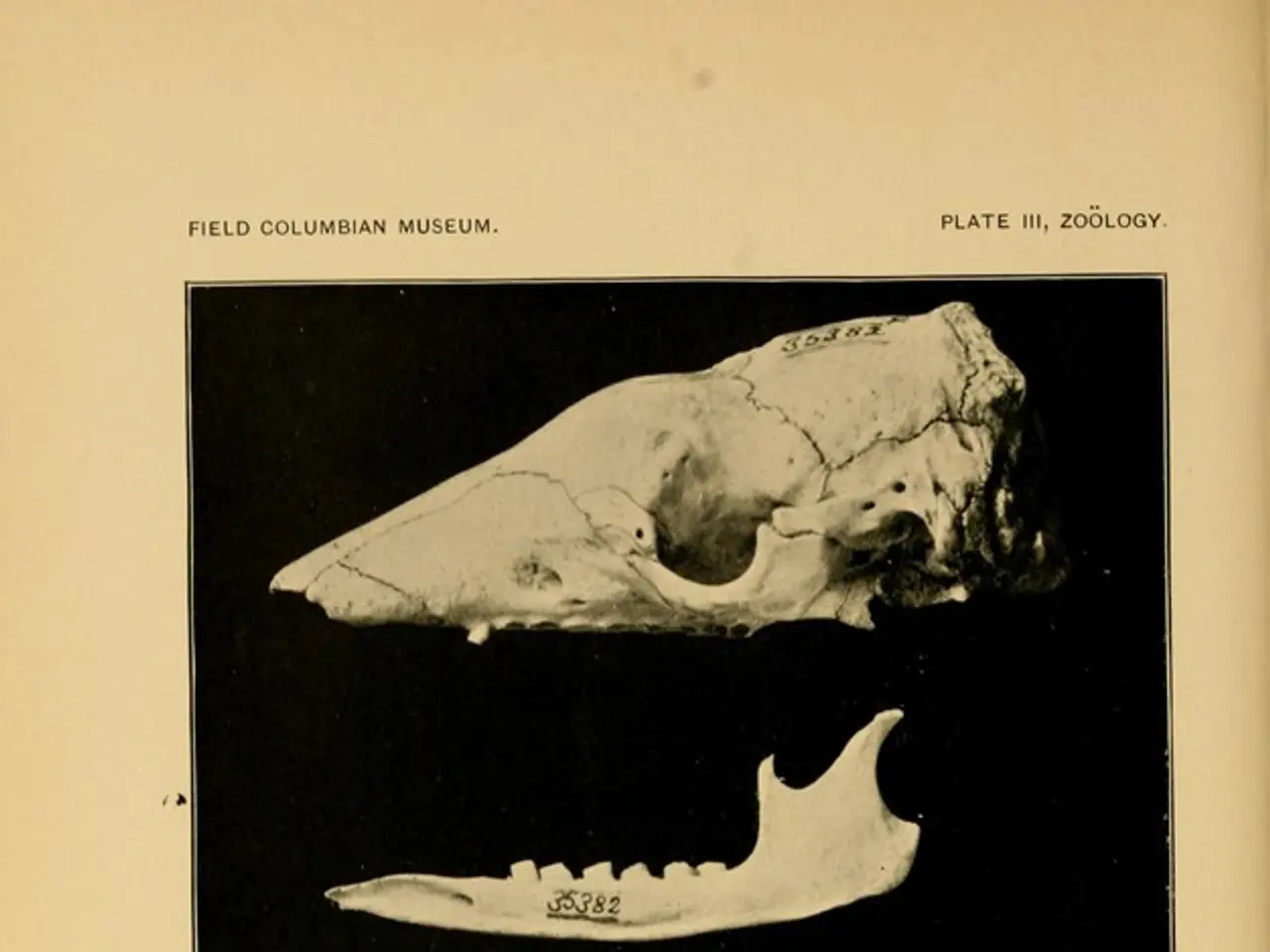T11: The Eleventh Thoracic Vertebra's Crucial Role in Spinal Support
The eleventh thoracic vertebra, T11, plays a crucial role in supporting the spine and protecting the spinal cord. Located near the base of the thoracic spine, it's larger and heavier than the vertebrae above it, helping to bear the weight of the skull, brain, and the vertebrae stack above.
The thoracic spine, positioned between the cervical and lumbar regions, consists of 12 vertebrae in total, with T11 being one of them. Unlike its neighbours, T11 has a unique spinous process - it's relatively short and horizontal, with only a slight curvature. This vertebra articulates with the rib bones, but unlike the upper thoracic vertebrae, these ribs do not connect directly to the sternum, making them false ribs.
T11 safeguards the spinal cord by encasing it within its bony structure. It also gives rise to the eleventh thoracic spinal nerve, which exits the spinal canal beneath the vertebra. The discovery and naming of T11 are not attributed to a specific individual or organization. Instead, it's a standard anatomical structure named based on its position in the thoracic spine.
The eleventh thoracic vertebra, T11, is a vital component of the human spine. Its unique features and role in supporting and protecting the spinal cord contribute to our overall structural integrity and functionality.






